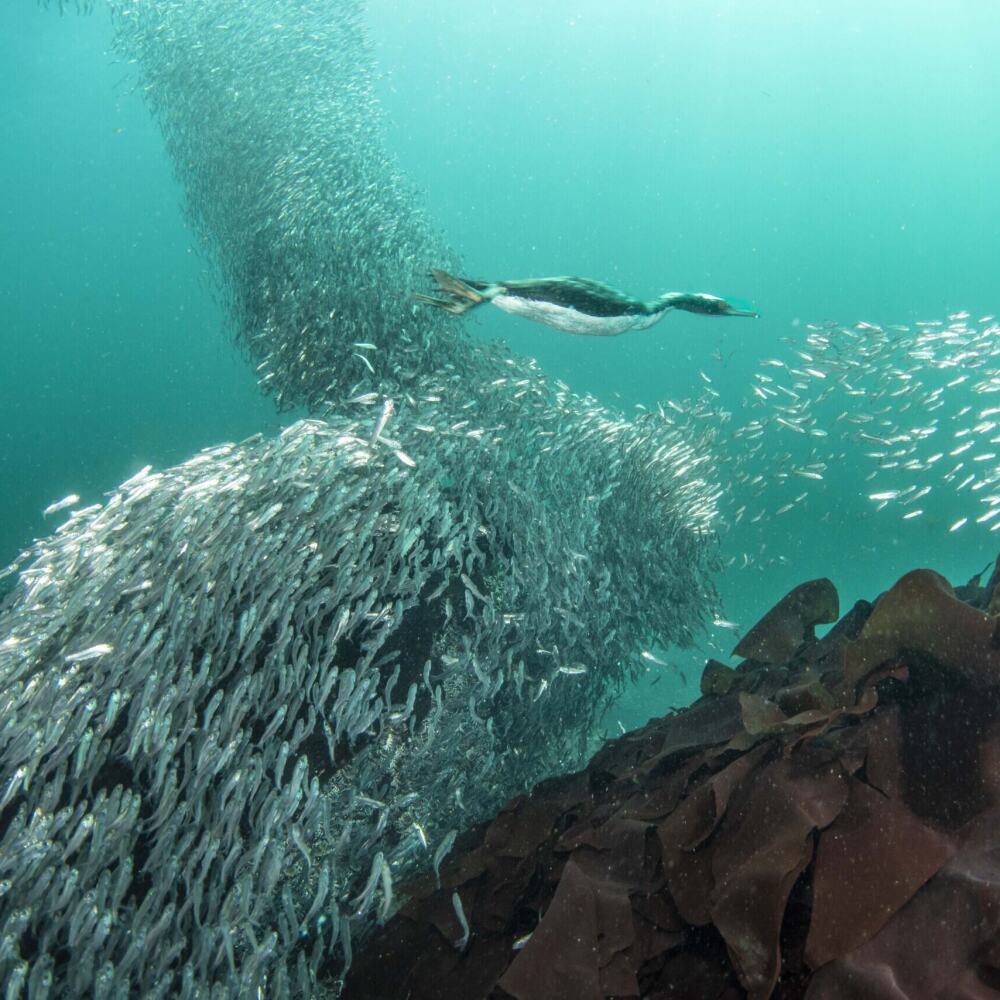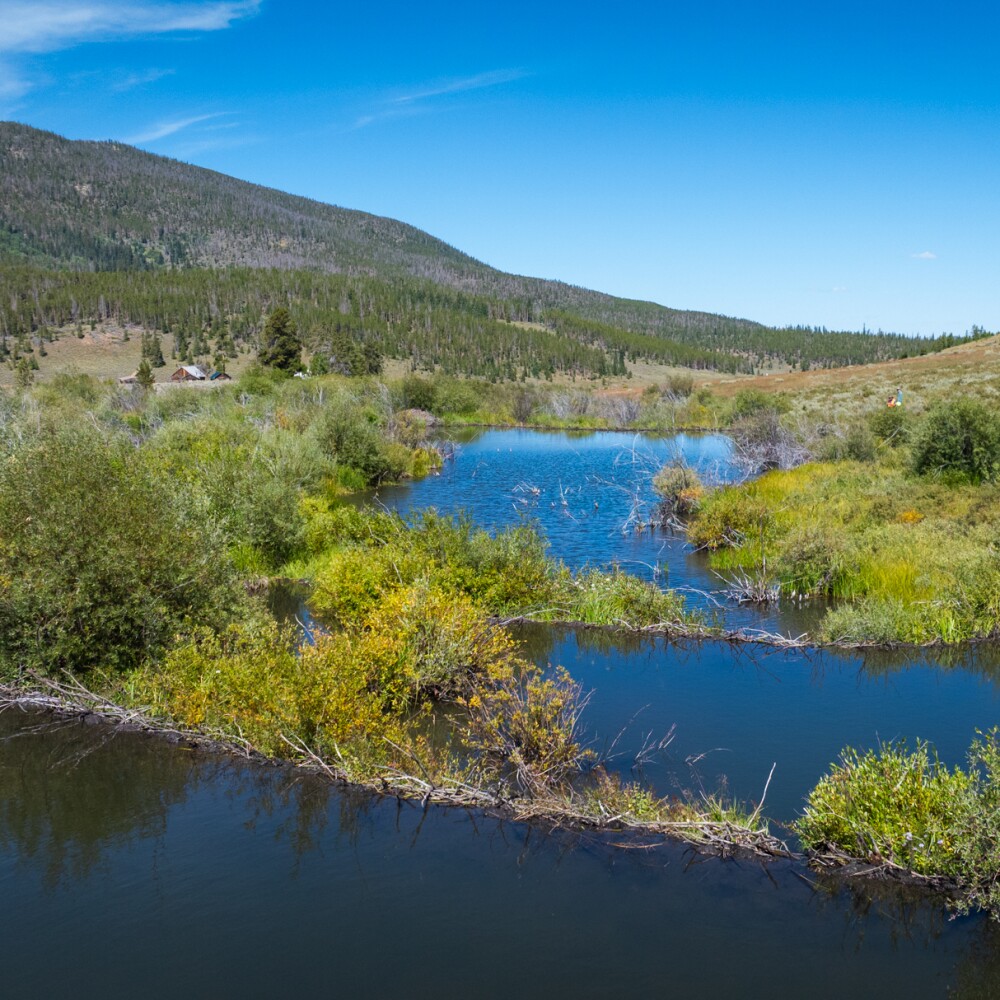“Iterative” is how Margot Brown describes her first year on the job as the Environmental Defense Fund’s senior vice president for justice and equity.
“I probably met with 200 people – trustees, staff, academics and leaders on the frontlines. I filled hundreds of little red notebooks with their thoughts. And when we would meet again, I’d summarize those notes and ask them if I was getting it right.”
It’s a practice that Brown calls “radical listening.” It stems from her more than 20 years of experience supporting underserved communities as they navigate the tangible impacts of environmental degradation and climate change on their lives.
From her time as a doctoral student at Tulane University in New Orleans, all the way to the Office of Children’s Protection at the U.S. Environmental Protection Agency, she picked up on a troubling pattern.
When it came to shaping policies and programs, “It was always a one-way dialogue between an elected official or scientist and the communities they served,” she says.
“These experts thought if they just talked slower or louder, community members would understand. But when decisions are being made on your behalf, all that does is make things more contentious. It doesn’t resonate – and it certainly doesn’t lead to a lasting solution.”
A Disappearing Way of Life
Brown, who grew up on Pittsburgh’s three rivers, says she did not fully comprehend the power of the Mississippi River until she followed its tributaries south for school.
The statistics on coastal land loss her professors would share – like football field-sized swaths of land being washed away each day – seemed too fantastical to be real. The year she earned her Ph.D., she watched in astonishment as Hurricane Katrina’s storm surge roared over 18-foot levees in the Lower Ninth Ward, knocking homes and entire communities off their foundation.
Addressing and mitigating the human toll of climate change is what drives Brown’s work today.
At EDF, the broader organizational focus is on solving the most serious global issues that impact the climate. And while Brown believes this work is critical, she says, “It’s a very difficult balance. While we are making progress on building a better tomorrow through big, visionary projects like coastal restoration, that work takes time, and it doesn’t change the realities that people face today.”
Realities like that of Louisiana’s first climate refugees, the Isle de Jean Charles Band of the Biloxi-Chitimacha-Choctaw Tribe, with whom Brown has worked with for years.
At one time, more than 300 tribal families made their home on the marshy edges of the Gulf, pushed by the Indian Removal Act of 1830 to the last remaining habitable land in Louisiana.
But over the past 75 years, that home has also been taken from them. All but 2% of Isle de Jean Charles is now inundated by water.
In 2016, the state won a $48-million grant to resettle the tribe 40 miles inland on a former sugar plantation. Brown’s office at the EPA supported the tribe as they attempted to impart traditional knowledge in the resettlement process.
But the resettlement, she says, has not gone as planned.
“They used to live and die by the water, fishing and crabbing. Moving not only decimated their culture, but folks are now in homes they can’t afford,” she says.
“A community center to preserve their culture was never built. When I traveled down for the opening of a health center, only 25 people showed up. They were understandably distrustful of the process. They were tired of the media and academia always trying to study them.”
All that was left, she says, “was a profound sense of sadness at what has been lost and can never be returned.”
The day of the health center opening, Brown sat with each person who did show up and began to do something that hadn’t happened enough throughout a long and arduous resettlement process. She started to listen.
Developing the Frontline Resource Institute
Brown says what happened on Isle de Jean Charles is precisely what happens when you layer climate change over existing inequity. She calls it a “threat multiplier.”
She describes the concept of environmental justice as not only fixing the environmental harms that have been imposed on communities, but preventing those harms from happening again in the future.
As Brown continued her listening at EDF, a common theme began to emerge across hundreds of conversations.
“The word ‘capacity’ kept coming up. Financial. Technical. Legal. It didn’t matter where on the ideological spectrum they fell, our partners did not have the capacity to meaningfully address environmental injustices.”
After 18 months of listening, the Frontline Resource Institute (FRI) was born. It provides integrated resources to frontline communities through shared learning and movement-wide capacity building. A project of EDF, Frontline Resource Institute is supported by the Walton Family Foundation.
Eleven global frontline members of a conceptual committee guide the institute’s strategy based on their deep personal and professional experiences. Each is compensated for their time and knowledge as a way to show “that we put our money where our mouth is, and that their time is truly valued,” says Brown.
Included in the committee is Chantel Dolphin Lady Comardelle, tribal secretary of Isle de Jean Charles Band of the Biloxi-Chitimacha-Choctaw Tribe.
Brown says FRI “took their time developing something that could have lasting impact.” “Beyond ‘what the models tell us’ about climate change and communities, we wanted to really listen to the folks who have lived these injustices, because they have the most to teach us.” Only then, she says, will the environmental movement create impact at scale that is both durable and equitable.
One of the most successful projects so far is to hire professional grant writers on behalf of frontline organizations. “We are seeing once-in-a-generation federal and philanthropic dollars for environmental justice, but our partners can’t access it,” she says. A $20,000 investment to hire Writing for Green leveraged $20 million in grants for a single frontline organization.
This work isn’t just for me. It’s for humanity. And the work I’ve seen from the young women coming up behind me? I’m convinced they’re going to save us all.
The creation of FRI is also a reflection of the internal work EDF has done to “get their own house in order,” as Brown puts it. “We have existed for 50 years and have done tremendous environmental justice work, but that work has happened in pockets. It’s only been in the last three years that we’ve made a real effort to invest in environmental justice in a way that extends across the organization.” The effort has consisted of “recognizing what they don’t know” through intensive training, and exploring how environmental justice means different things for different people.
As the work continues, Brown says she is humbled by the position she holds today, and grateful for the women leaders in the sector who helped her get there. “I stand on the shoulders of giants – Dr. Beverly Wright, Margie Richard, Peggy Shepard. They all at various times have been a mentor, a friend and a sounding board. All they have ever asked of me is to do the same for other young women. That is something that has stuck with me.”
Recalling the beginning of her career, Brown says she “sat on the mouth of the river, and it’s had its hooks in me ever since.” Today, she says listening to and creating space for the next generation of women working to protect water to lead is something that “we can’t afford not to do.”
“This work isn’t just for me. It’s for humanity. And the work I’ve seen from the young women coming up behind me? I’m convinced they’re going to save us all.”




